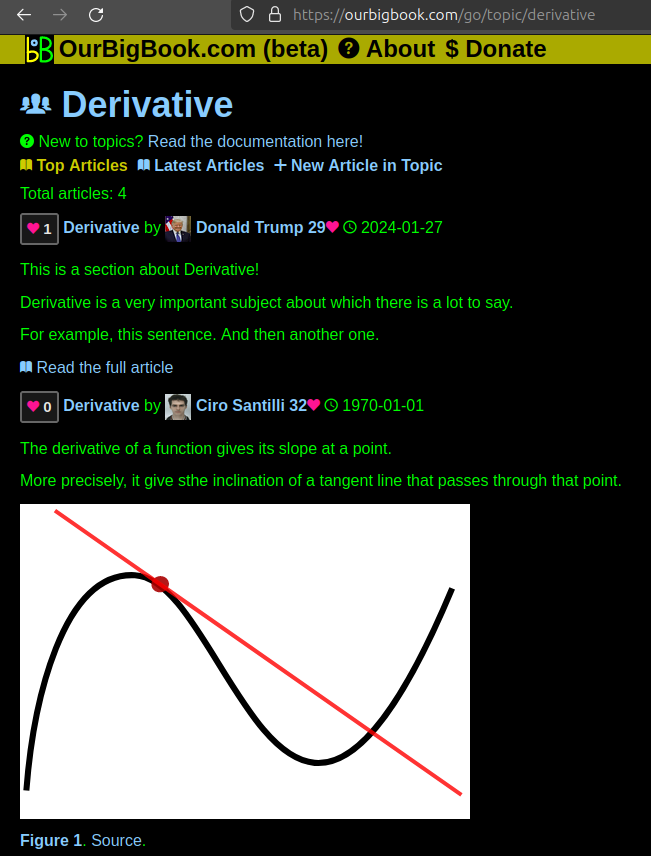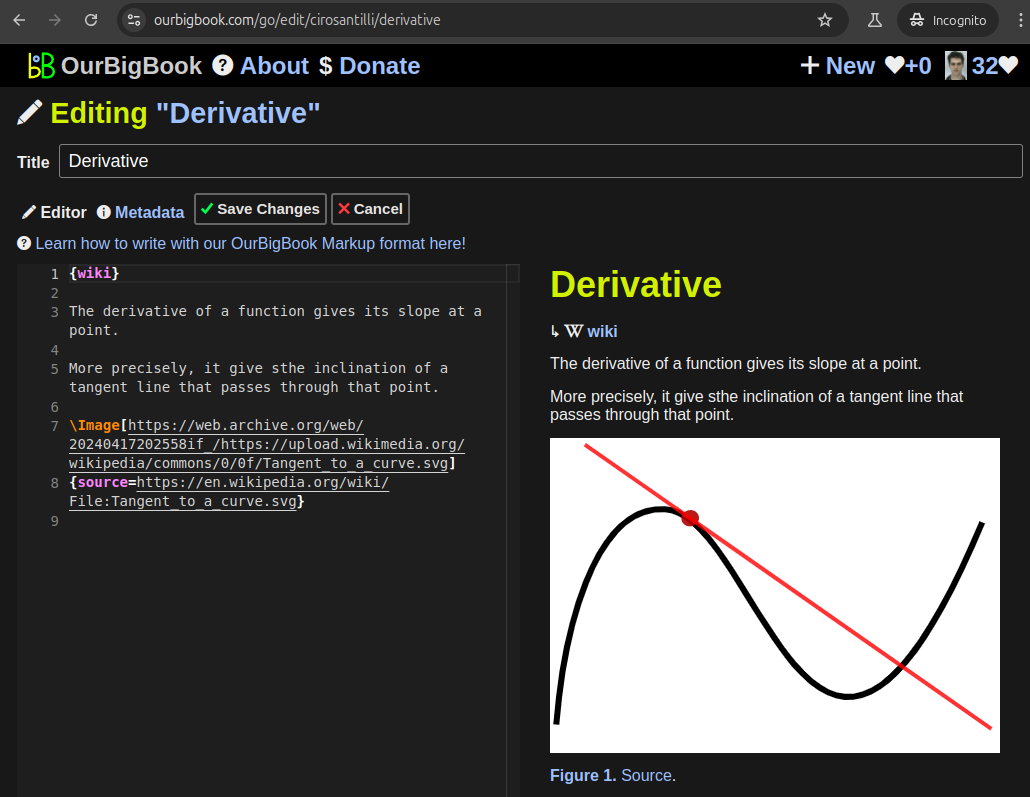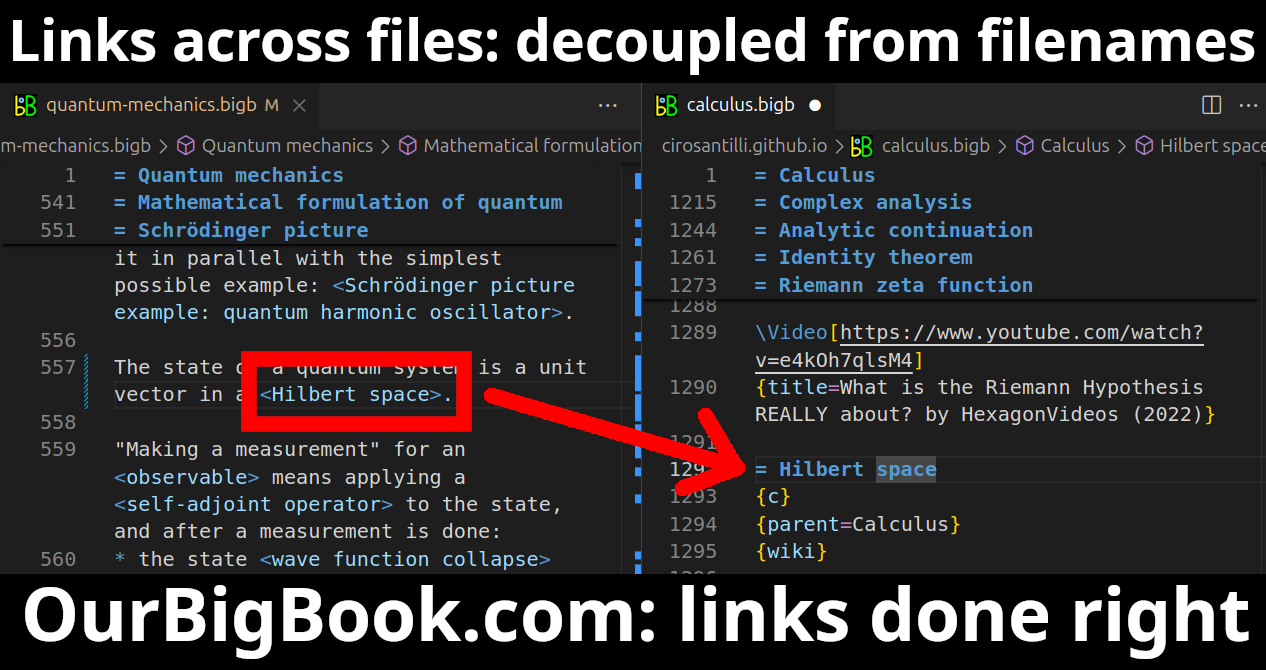Dennis Marcellino is a musician and songwriter known for his work in various musical genres, including rock and pop. He gained prominence as a member of the 1960s and 1970s band The Tokens, famous for their hit "The Lion Sleeps Tonight." Over the years, Marcellino has also been involved in other musical projects and collaborations. In addition to his musical career, he is recognized for his work as a motivational speaker and author, sharing insights on personal development and spirituality.
AppleWorks was an office suite developed by Apple Inc. that combined a word processor, spreadsheet, database, and graphics capabilities into a single application. Initially released in 1984 as ClarisWorks, it was rebranded as AppleWorks in 1997 when Apple acquired Claris, the company that developed it. AppleWorks was designed for Macintosh computers and was known for its user-friendly interface and integration of various productivity tools.
iPadOS 14 is the second major release of Apple's iPadOS operating system, designed specifically for the iPad. It was announced at Apple's Worldwide Developers Conference (WWDC) in June 2020 and was officially released in September 2020. iPadOS 14 builds upon the features introduced in the first version of iPadOS and enhances the user experience with several new features and improvements.
iOS is a mobile operating system developed by Apple Inc. for its hardware, primarily the iPhone, iPod Touch, and iPad. First released in 2007, iOS is known for its sleek interface, robust security features, and a wide array of applications available through the Apple App Store. The operating system is based on Darwin, which is a UNIX-like operating system. iOS supports a range of features, including multitasking, notifications, and various accessibility options.
iPadOS is an operating system developed by Apple specifically for the iPad. It was first introduced in June 2019 as a separate OS from iOS, which runs on iPhones. iPadOS is designed to take advantage of the larger screen size and unique capabilities of the iPad, offering features that enhance productivity, multitasking, and creativity.
MkLinux is a project that aimed to port the Linux operating system to the Mach microkernel, effectively combining elements of both systems. This project was developed in the mid-1990s to create an operating system that could run on Apple Macintosh hardware, particularly focusing on the PowerPC architecture. The core idea behind MkLinux was to provide a Unix-like environment on Macintosh computers, allowing users to run Linux applications alongside MacOS software.
Apple Podcasts is a podcast app developed by Apple Inc. that allows users to discover, subscribe to, and listen to podcasts on their devices, including iPhones, iPads, Macs, and Apple TVs. Launched in 2012 as a standalone app, it provides a platform for both creators and listeners. Users can browse a wide variety of podcasts across different genres, create playlists, download episodes for offline listening, and receive notifications for new episodes of their subscribed shows.
Boot Camp is a utility provided by Apple that allows users to install and run Microsoft Windows on Intel-based Mac computers alongside macOS. Introduced in 2006, Boot Camp provides a dual-boot environment, meaning users can choose to boot into either macOS or Windows at startup. The key features of Boot Camp include: 1. **Partitioning**: Boot Camp assists in partitioning the Mac’s hard drive to create separate space for the Windows operating system.
Final Cut Server was a media asset management application developed by Apple, specifically designed to integrate with Final Cut Studio, a suite of video editing tools. It was introduced to assist film and video production teams in managing large quantities of media files, workflows, and collaborative projects. Key features of Final Cut Server included: 1. **Asset Management**: Provided tools for organizing, cataloging, and searching media assets such as footage, audio, and graphics.
Etoys is an interactive multimedia programming environment designed primarily for educational purposes, especially aimed at teaching programming concepts to children. It is often associated with the Squeak development environment and the larger Smalltalk programming language ecosystem. Etoys allows users to create and manipulate objects on the screen in a visually intuitive way. It employs a drag-and-drop interface to help learners understand programming concepts without needing to write complex code.
Final Cut Pro is a professional video editing software developed by Apple Inc. It is part of the Final Cut product line, which also includes Final Cut Express and Final Cut Studio. The software is designed for use on macOS and is popular among filmmakers, video editors, and content creators for its powerful editing capabilities, intuitive interface, and integration with other Apple software and hardware.
Compressor is a software application developed by Apple, primarily used for encoding and compressing video and audio files. It is part of the Final Cut Pro suite, but can also be used as a standalone application. Compressor allows users to convert video files into various formats and resolutions, making it suitable for different distribution methods, including web streaming, broadcasting, and archiving.
The Data Stream Interface (DSI) is a programming interface commonly used in various fields such as data processing, streaming data applications, and distributed systems. While the specifics of DSI can vary depending on the context (such as specific programming languages, frameworks, or tools), the general concept revolves around the following principles: 1. **Continuous Data Flow**: DSI allows for the continuous input, processing, and output of data.
iTunes is a multimedia software application developed by Apple Inc. It was originally released in 2001 and serves multiple purposes, primarily for managing digital music. Users can purchase, organize, and play music, as well as sync their media libraries with Apple devices such as iPods, iPhones, and iPads. Key features of iTunes included: 1. **Music Library**: Users could create and manage their music libraries, organize songs, and create playlists.
"Look Around" is a feature of Apple Maps that provides a street-level view of locations, similar to Google Maps' Street View. Introduced in 2019, Look Around allows users to explore cities and towns more immersively by displaying high-resolution panoramic imagery taken from various street perspectives. Users can navigate through scenic views, get a better sense of the environment, and see details such as buildings, landmarks, and businesses.
The All-or-Nothing Transform (AONT) is a cryptographic technique used primarily in secure communication and data storage. Its main purpose is to ensure that data can only be retrieved in its entirety and not in parts. Here's a more detailed breakdown of the concept: ### Key Features of AONT: 1. **Data Integrity**: AONT provides a way to verify that the entire dataset has been correctly retrieved. Users cannot extract any useful information unless they have the complete data.
Shazam is a music identification application that allows users to discover and recognize songs playing around them. Developed by Shazam Entertainment, which was founded in 1999, the app utilizes audio recognition technology to match a short sample of music to its database, providing users with the song title, artist, album information, and even lyrics in some cases. Users can activate Shazam by tapping the app button or using voice commands, and then the app listens to the music for a few seconds.
Weather (Apple) refers to the weather application developed by Apple Inc. for its various devices, including iPhone, iPad, and Mac. The app provides users with up-to-date weather information, including current conditions, forecasts, and severe weather alerts. Key features of the Apple Weather app typically include: 1. **Current Weather**: Displays real-time data such as temperature, humidity, wind speed, and precipitation.
WebObjects is a software framework developed by Apple Inc. for building web applications. Originally released in 1996, it allows developers to create dynamic web applications by leveraging Java programming language and object-oriented principles. WebObjects was one of the early platforms for web development, and it emphasizes a model-view-controller (MVC) architecture, which helps in organizing code and separating concerns.
Zero-configuration networking (Zeroconf) is a set of technologies that automatically creates a usable network infrastructure without manual intervention or the need for configuration. It allows devices to discover each other, assign IP addresses, and establish services on a local network seamlessly and typically without user involvement.
Pinned article: Introduction to the OurBigBook Project
Welcome to the OurBigBook Project! Our goal is to create the perfect publishing platform for STEM subjects, and get university-level students to write the best free STEM tutorials ever.
Everyone is welcome to create an account and play with the site: ourbigbook.com/go/register. We belive that students themselves can write amazing tutorials, but teachers are welcome too. You can write about anything you want, it doesn't have to be STEM or even educational. Silly test content is very welcome and you won't be penalized in any way. Just keep it legal!
Intro to OurBigBook
. Source. We have two killer features:
- topics: topics group articles by different users with the same title, e.g. here is the topic for the "Fundamental Theorem of Calculus" ourbigbook.com/go/topic/fundamental-theorem-of-calculusArticles of different users are sorted by upvote within each article page. This feature is a bit like:
- a Wikipedia where each user can have their own version of each article
- a Q&A website like Stack Overflow, where multiple people can give their views on a given topic, and the best ones are sorted by upvote. Except you don't need to wait for someone to ask first, and any topic goes, no matter how narrow or broad
This feature makes it possible for readers to find better explanations of any topic created by other writers. And it allows writers to create an explanation in a place that readers might actually find it.Figure 1. Screenshot of the "Derivative" topic page. View it live at: ourbigbook.com/go/topic/derivativeVideo 2. OurBigBook Web topics demo. Source. - local editing: you can store all your personal knowledge base content locally in a plaintext markup format that can be edited locally and published either:This way you can be sure that even if OurBigBook.com were to go down one day (which we have no plans to do as it is quite cheap to host!), your content will still be perfectly readable as a static site.
- to OurBigBook.com to get awesome multi-user features like topics and likes
- as HTML files to a static website, which you can host yourself for free on many external providers like GitHub Pages, and remain in full control
Figure 3. Visual Studio Code extension installation.Figure 4. Visual Studio Code extension tree navigation.Figure 5. Web editor. You can also edit articles on the Web editor without installing anything locally.Video 3. Edit locally and publish demo. Source. This shows editing OurBigBook Markup and publishing it using the Visual Studio Code extension.Video 4. OurBigBook Visual Studio Code extension editing and navigation demo. Source. - Infinitely deep tables of contents:
All our software is open source and hosted at: github.com/ourbigbook/ourbigbook
Further documentation can be found at: docs.ourbigbook.com
Feel free to reach our to us for any help or suggestions: docs.ourbigbook.com/#contact






